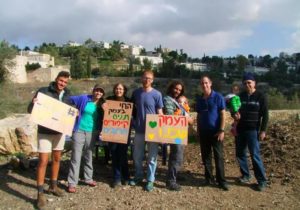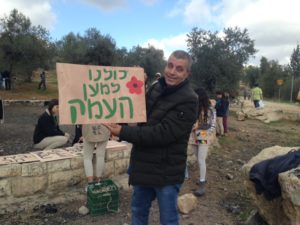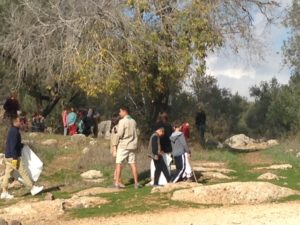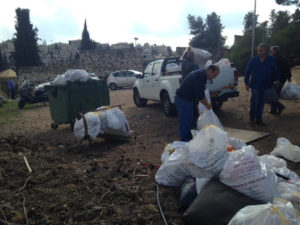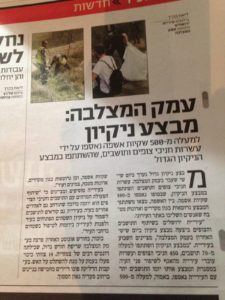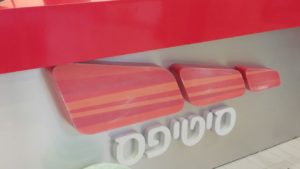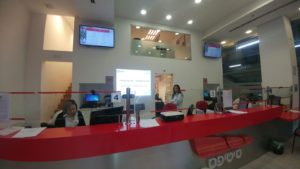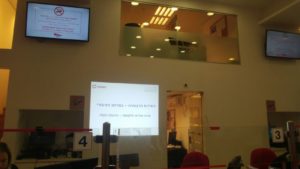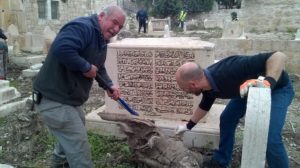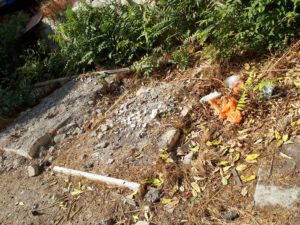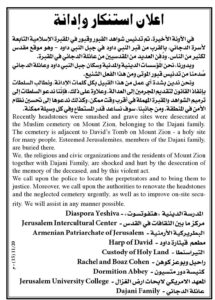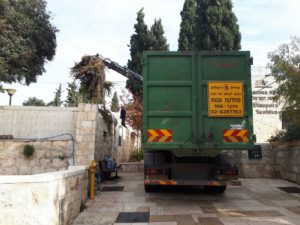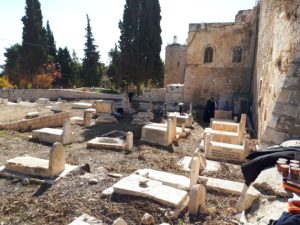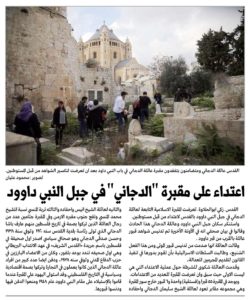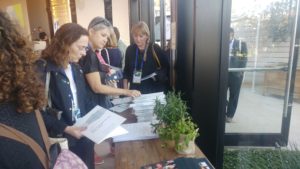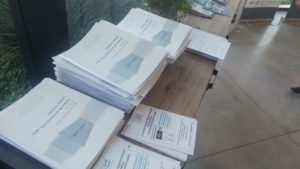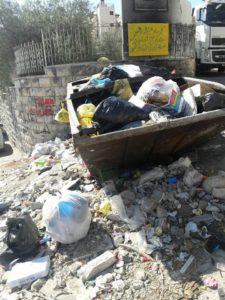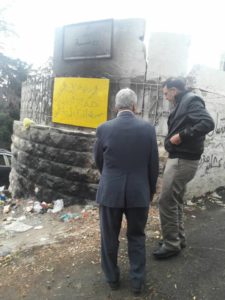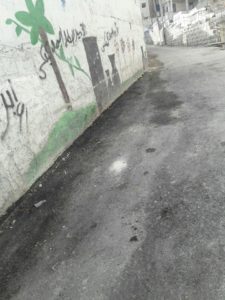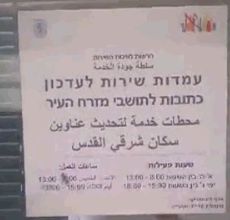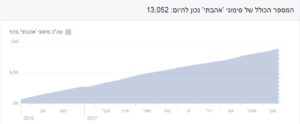Little Prince in the Valley of the Cross
It all began with a question on Facebook – who hates all the litter in the Valley of the Cross? Valley of the Cross, in the center of Jerusalem, ‘down the hill’ from the Israel Museum and the Knesset, is named for the Georgian monastery that sits there. One of Jerusalem’s central ‘green lungs,’ a lot of activities take place there (helped by the fact that large youth movement chapters also have their home there), but they also leave behind numerous, polluting tracks.
This is one example of how the Little Prince program works. Residents initiate and drive projects to clean up Jerusalem, we provide any assistance or platforms, or help make connections, in order to facilitate the growth of the projects.
The first post led to several others, and engaged more people. A Facebook event was created – anyone who’s interested in cleaning up the Valley of the Cross, let’s meet in front of the monastery on September 28, at 8pm.
Usually the Valley is pretty deserted after dark, but this time, 15 people showed up to show their concern and launch into action.
After this meeting, each person took on one or another task, which led to a community clean-up day, during the Chanuka school vacation, on 15 December.
This wasn’t just another 4-people-with-garbage-bags clean up. It was a huge collaborative effort, with hundreds of volunteers and dozens of municipal workers. (A huge thank-you to all who turned up!)
The Jerusalem Municipality provided the garbage bags and and the means to carry them away.
Over 70 residents and their families, as well as 450 members of the local Scouts and Bnei Akiva youth movements (who have club houses in the Valley) participated in the cleanup, which resulted in 500 (!) garbage bags of junk. a promise to contract an outside company to ensure the Valley stays clean.
Here’s one of the posts on Facebook (in Hebrew) from the Director of the Nayot Community Center, which borders on the Valley of the Cross, and a member of the organizing committee:
And another, from one of the activists:
The clean-up was covered by the local Kol Ha’Ir newspaper on December 22:
As part of the process, it was promised to contract an outside company to ensure that the Valley stays clean. We’ll keep you posted!

